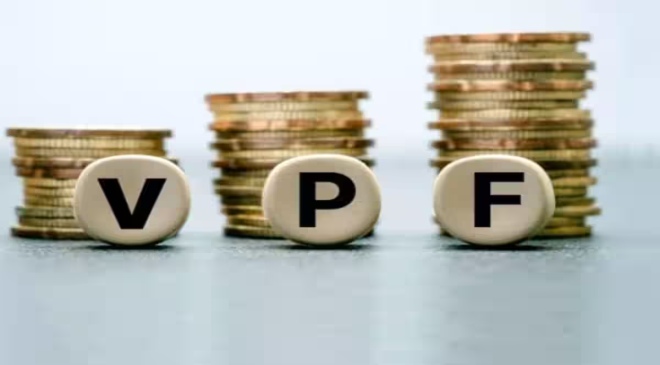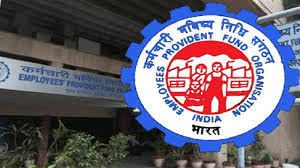Voluntary Provident Fund is the extension of the Employees’ Provident Fund and allows employees to invest more than 12 percent to their VPF accounts.
We all know about the Employees’ Provident Fund (EPF), a tax-saving financial instrument provided by the Employees’ Provident Fund Organisation. Through this scheme, both employees and employers make an equal contribution of 12 percent to the EPF account, which accumulates over time and is returned at the time of retirement. While employees can make a fixed contribution to their EPF accounts, they also have the option to contribute more than 12 per cent through Voluntary Provident Fund or VPF. It is a non-compulsory investment that is made by salaried employees over and above the Employees Provident Fund. This scheme also comes with a range of benefits including higher returns and low risks.
Read More: The Top Benefits of Senior Citizens Health Insurance: How It Can Help You Manage Healthcare Costs
What is Voluntary Provident Fund?
Voluntary Provident Fund, also known as Voluntary Retirement Fund, is the scheme through which employees can make a voluntary contribution towards their Provident Fund (PF) account. This contribution is beyond the 12 per cent of his EPF contribution. While the maximum contribution is up to 100 per cent of his basic pay and dearness allowance, the interest is earned at the same rate as the EPF.
Who can invest in VPF?
As it is a voluntary investment scheme, both employees and employers are not bound to contribute any specific amount towards the VPF account. An extension of the EPF, the VPF option is available only to salaried individuals.
Benefits of VPF
A safe option: Managed by the Government of India, the scheme can be considered a risk-free and secure investment option compared to the long-term investment ones offered by other private players.
Higher returns: Investments under the Voluntary Provident Fund come with good rate of returns and tax exemptions, thus ensuring higher returns upon maturity.
Tax benefits: One of the best options to save taxes, employees can claim tax benefits of upto Rs 1.5 lakh on VPF contributions under Section 80C of the Income Tax Act, 1961. The accumulated interest and the maturity proceeds are also exempted from tax. However, if the VPF amount is withdrawn within five years of investing, it will be liable to tax.
Read More: NPS: How to get a monthly pension of Rs 2 lakh? Know here
Interest rates: While the interest rates of VPF accounts are same as that of EPF accounts, employees can receive better returns due to the flexibility of investment. The interest rate for FY 2023-23 is 8.15 percent.
Withdrawals: The VPF investments can be withdrawn at the time of resignation or retirement, making it a long-term investment solution for post-retirement financial planning. This fund also allows partial withdrawals as loans. However, the amount withdrawn before the 5-year minimum tenure will be subject to taxes.



































